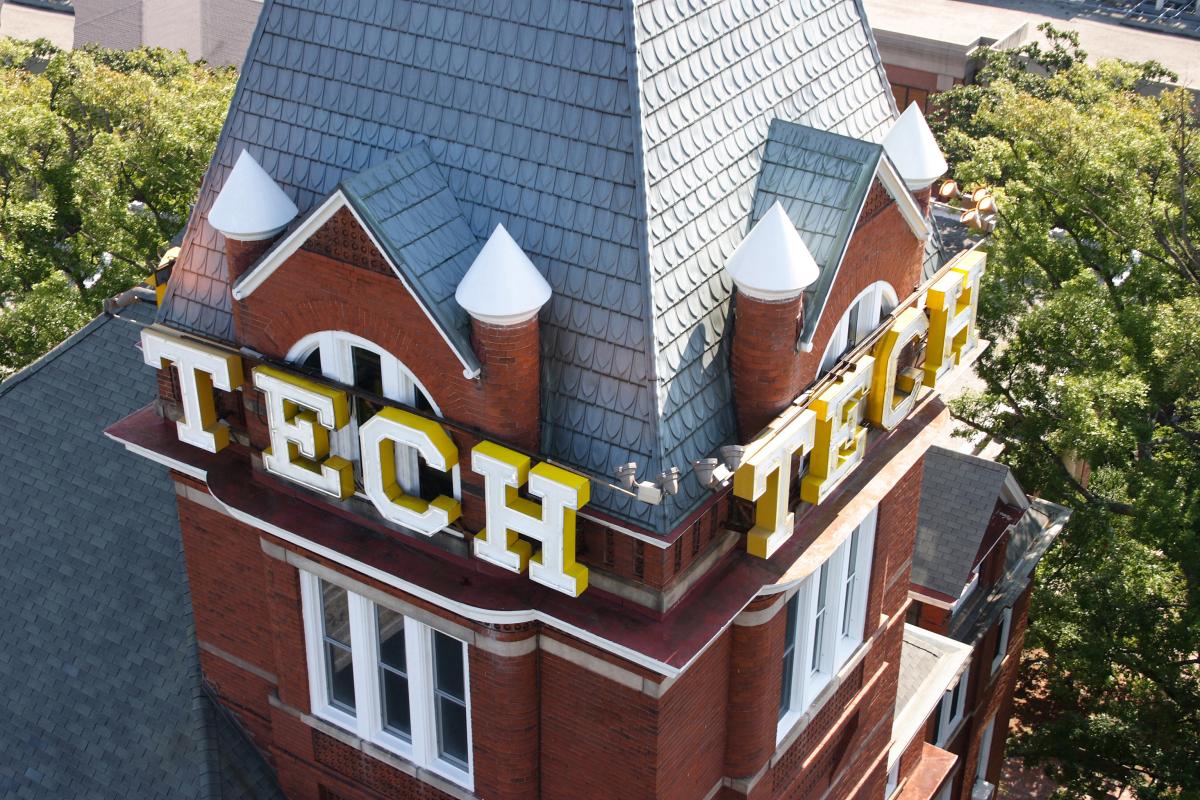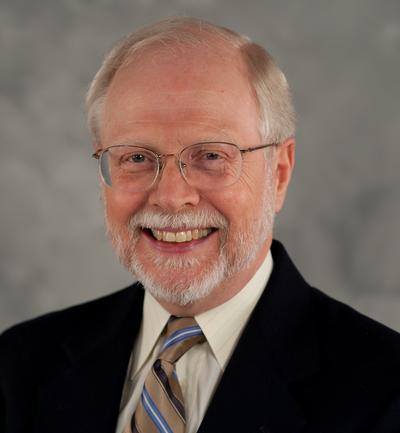
Hodges has been a Professor in the School of Aerospace Engineering at the Georgia Institute of Technology for more than a quarter century. He has been an international leader in the development of the analytical and computational methods for analysis of structural mechanics, structural dynamics, and aeroelasticity. His research on the behavior of thin composite structures that include beams, plates and shells has been seminal in the development of modern analysis methods of rotor blades and many other aerospace applications; his research contributions are continuously cited and applied by his peers in the field. His work is known for its strong foundation in mathematical rigor and first principles.
His research group at Georgia Tech has developed methods for accurate analysis and stress recovery in composite beams (including helicopter rotor blades), plates, and shells. The computer programs VABS (for composite beams) and VAPAS (for composite plates and shells) are in use around the world. These codes facilitate the accurate modeling and accurate stress recovery of internally complex structural members using generalized forms of standard reduced-order models for beams, plates, and shells. The rotorcraft analysis methods that have been developed by Hodges and his graduate students have permitted the reduction of computational effort by two and three orders of magnitude, while maintaining comparable accuracy compared to full three-dimensional finite element analysis. This reduction of computational effort has been pivotal in the use of high fidelity structural dynamics analysis during rotor design.
Hodges received the Bachelor of Science degree (with high honors) in Aerospace Engineering in 1969 from the University of Tennessee at Knoxville. He attended Stanford University under a NASA Trainee fellowship, receiving a Master of Science degree in 1970 and a Doctor of Philosophy degree in 1973, both from the Department of Aeronautics and Astronautics. From 1970 until 1986 he was a Research Scientist at the U.S. Army Aeroflightdynamics Directorate, located at NASA Ames Research Center. From 1981–1986 he served as Group Leader of the Theoretical Group, Rotorcraft Dynamics Division and taught graduate courses at Stanford. His work in rotorcraft dynamics and aeroelasticity became internationally known during this time.
Hodges joined the School of Aerospace Engineering at Georgia Tech in 1986. His research interests include analytical and computational structural mechanics, aeroelasticity, structural dynamics, asymptotic methods, dynamics and computational optimal control. He has advised 29 PhD graduates and 35 MS graduates. To his credit he has four book chapters, four books, over 185 technical papers in refereed journals and two U.S. Patents.
Hodges has received several awards in his professional career. These include his election to Fellow in three professional societies: the American Academy of Mechanics, AHS International and the American Institute of Aeronautics and Astronautics (AIAA). In addition, he has been awarded a NASA Technology Utilization Award (1975), two NASA Tech Brief Awards (1976 and 1990), a U.S. Army Commendation Medal (1977), the prestigious U.S. Army Research and Development Achievement Award (1979), six Official U.S. Army Commendations (1980-1986), two SAIC Technical Paper Awards (1990 and 1998), Sigma Xi Research Awards in 1990, 1995 and 2003, and the 2011 Georgia Tech Sigma Xi Sustained Research Award. Most recently, he received the 2013 Holt Ashley Aeroelasticity Award from AIAA. He serves on the Editorial Board of Journal of Mechanics of Materials and Structures and of the Journal of Fluids and Structures. He has served as an Associate Editor for the AIAA Journal and the Journal of Engineering Mechanics, on the Editorial Board of the International Journal of Solids and Structures, as a member of the AIAA Structural Dynamics Technical Committee, and multiple terms as a member of the AHS Dynamics Committee.
Hodges will be honored at AHS International’s 70th Annual Forum with the presentation of the Nikolsky certificate and medallion. The Lecture, titled “Unified Approach for Accurate and Efficient Dynamic Modeling of Composite Rotor Blades” will be given at 4:00 p.m. on Tuesday, May 20, 2014 at the Palais des Congrès de Montréal, Montréal, Québec, Canada. A written version of his lecture will be featured in a future edition of the Journal of the American Helicopter Society, the world's only scientific journal dedicated to vertical flight technology.
The American Helicopter Society (AHS) International is the world's premier vertical flight technical society. Since its inception in 1943, AHS has been a major force in the advancement of vertical flight. It provides global leadership for scientific, technical, educational and legislative initiatives that advance the state of the art of vertical flight.
